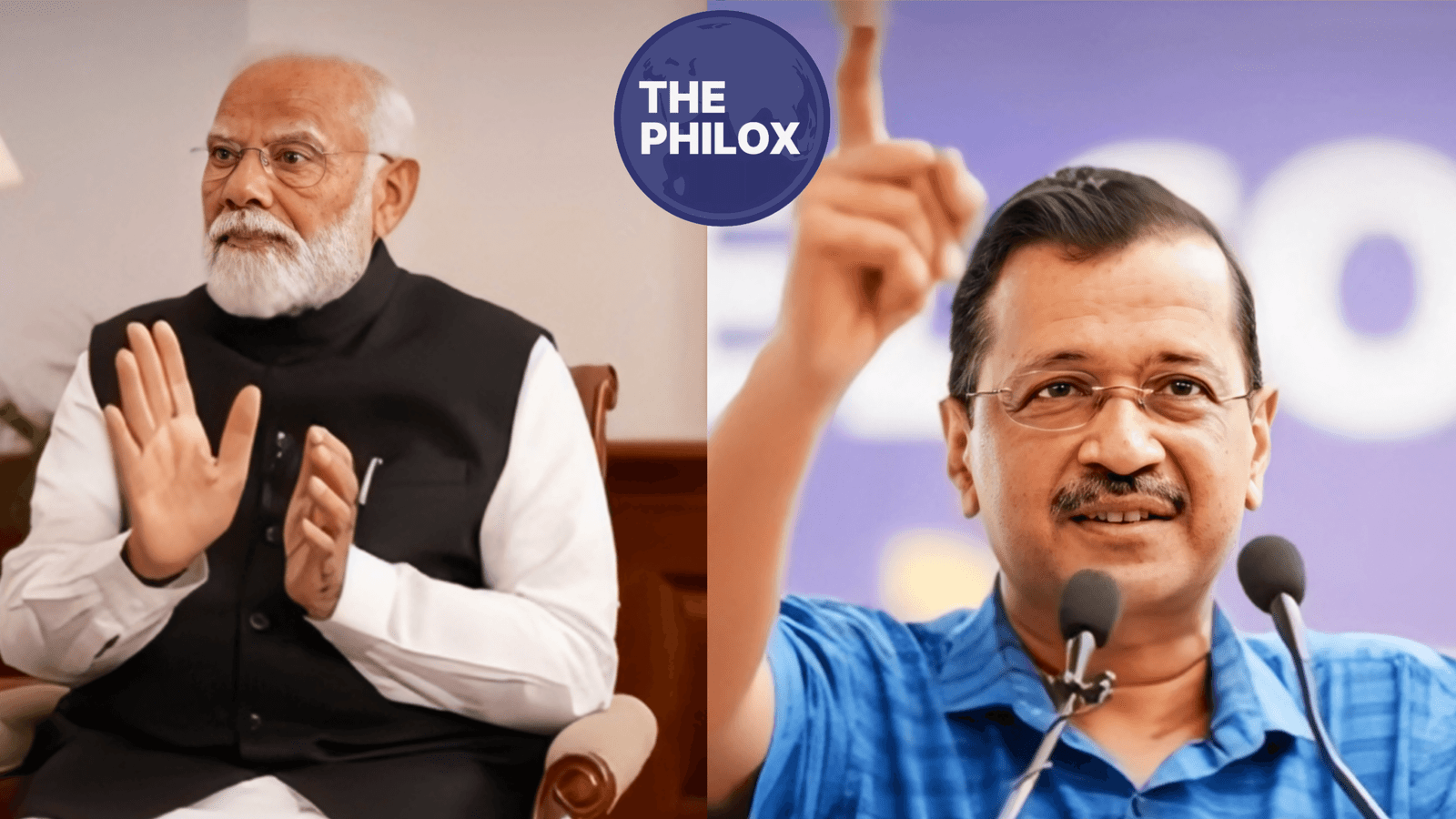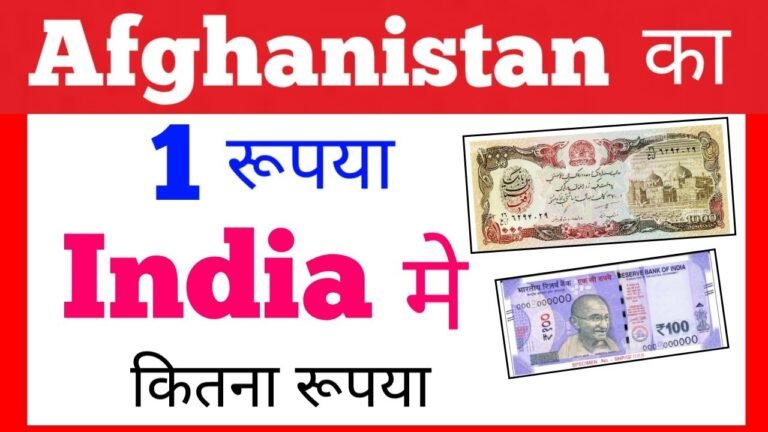
The Union Budget's Role in BJP's Strategy to Topple Kejriwal in Delhi
Elections are being changed in the political landscape of India’s capital, Delhi. Ever since the last decade, Aam Aadmi Party, led by Chief Minister Arvind Kejriwal, has been strangulating the city.
However, recent developments seem to indicate that AAP’s stranglehold on the city may begin to loosen a bit with growing public discontent and rejuvenated opposition from the Bharatiya Janata Party, headed by Prime Minister Narendra Modi.
The middle class in Delhi welcomed the 2025 Union Budget and increased the chances of the BJP as a significant contender in the next elections. Growing Public Protest against the AAP Government
While the AAP government is celebrating its success in health, education, and public welfare, the residents of Delhi have been voicing their concerns over the lingering civic issues that the party could not resolve.
Promising clean governance and solutions to the problems plaguing the city, the party now faces the wrath of anti-incumbency.
1. Increasing Crisis of Air Pollution
There exists one of the major problems plaguing the public of Delhi-one being air pollution. The city’s AQI often has risen to hazardous levels, especially the winter months of the year which is exacerbated during the stubble burning season prevailing in neighboring states.
Even measures like the traffic rule Odd-Even and some other measures smog towers or anti-smog guns have also not been possible for the AAP government to sustain long-term gains. Critics say that the administration is reactive rather than proactive, failing to curb pollution at its root.
They are saying that pollution cannot be prevented and dealt with alone; the government needs to put money into sustainable urban planning, strict emission control policies,
and coordination with neighboring states to solve this problem fully. Still, it has just increased public frustration that the pollution levels continue to peak.
2. Healthcare System Under Strain
AAP has been credited with initiatives such as Mohalla Clinics, which provide free healthcare services to underprivileged communities. However, despite these efforts, Delhi’s healthcare infrastructure remains overburdened.
The COVID-19 pandemic exposed glaring vulnerabilities, with hospitals struggling to manage the surge in cases. Residents have frequently complained about overcrowded hospitals, shortages of medical staff, and insufficient medical facilities.
This pushes most of the specialty treatment-seeking patients to go to private hospitals, which is much costlier.
The growing disappointment of Delhiites can be attributed to the government’s failure to increase healthcare service at a rate that should have matched the population growth rate.
3. Traffic Congestion and Poor Road Conditions
The other major complaints of the people of Delhi are the worsening conditions of the city’s roads.
Traffic congestion is a long-time problem, and long hours are spent commuting. Poorly maintained roads, many potholes, and uncompleted infrastructure projects have worsened the situation further.
Commuters and transport experts feel that AAP government has failed to deliver any comprehensive solutions in the field of urban mobility.
Though the network of metro expansions here has relieved partially, there is a severe inadequacy in last-mile connectivity.
Additionally, the rampant presence of cab services through the app along with the boom of personal vehicles in the city led to severe bottlenecks at crucial areas.
The AAP government continued to just promise infrastructure development and never even cared to tackle the real problems in the course of this rising public alienation.
Union Budget of 2025: Turning Point for BJP
This comes at a time when there is public resentment against AAP. The BJP has been taking advantage of this 2025 Union Budget to consolidate their prospects in Delhi elections. For the middle class, relief pertaining to the majority budget has been the welcome news in the city.
One of the most impactful announcements was the increase in the income tax exemption limit to ₹12 lakh. When coupled with the standard deduction of ₹75,000, individuals earning up to ₹12.75 lakh annually are now tax-free.
This move is particularly beneficial for Delhi’s middle-class population, which has been grappling with rising living costs, from housing and education to daily expenses.
1. Economic Relief for the Middle Class
This budget, that was centered on disposable income increase, resonated with salaried professionals and small business owners.
Many of them feel relieved and say that that extra saving will help in managing household expenses, investing in education, or even completing the upgrading of the house.
Social media sites are replete with responses from the residents of Delhi celebrating tax relief cuts and giving all the credits to the BJP central government as it aptly responded to their financial anxieties.
However, the AAP government has been criticized for not producing any similar respite at the state level.
2. Fillip to Infrastructure and Urban Development
Apart from the tax exemptions, a huge amount of money has been reserved in the budget for the development of the city, including how to fix roads, the expansion of the metro, and sustainable energy.
This is all going directly to the bank in the form of expected benefits from the budget to Delhi, as this is the city with all its infrastructure problems.
Thus, the BJP intends to contrast its national-level governance with AAP’s state-level inefficiencies by underlining the role it played in improving the infrastructure of Delhi. This is part of the party’s election strategy.
BJP Strategic Campaign: A Campaign for Change
The BJP has launched a well-rounded election campaign on the slogan of “Parivartan” (Change), as there is an increasingly growing disillusionment with AAP.
The party would position itself as the alternative, which can challenge the challenges under the leadership of AAP.
1. Critique of AAP’s Governance
The BJP has vociferously raised several issues related to shortcomings of the AAP government particularly about control over pollution, proper infrastructure, and proper health care.
For instance, the leaders of the BJP have argued that there has been an increase in dust pollution due to poor road maintenance, which further deteriorated the air quality of Delhi.
The party criticized AAP government saying they have failed in coordinating themselves appropriately with all other states through the borders shared among them especially with regard to water and air pollution. For such failures, BJP wants to describe an impressive change by peeking into it.
2. Budget of Indian Union as political capital
As a result, the BJP has gone ahead to parade the Union Budget within its campaign as evidence of commitment on the part of the central government towards the welfare of the middle class.
Party leaders have been rallying and carrying out town hall galas, hence explaining how the budget would eventually better the lives of Delhiites.
This is the approach of changing the perception of voters through the focus on economic stability and relief as major decision-making factors.
3. Grassroots Mobilization
The BJP has its strong grassroots network as one of its strong points. The party has been mobilizing the workers to interact with the local community, contacting the residents house-to-house, and obtaining voter feedback. With micro-level interaction, this will be able to defeat AAP’s strong local base.
The party has also made good use of digital campaigning. Strategically placed advertisements in social media towards the youth population and working people of Delhi have ensured coverage of a good cross-section of voters.
Delhi Election: The High-Stakes Contest
Delhi is on an election footing as its politics shifts gears. Once applauded for its governance model, the AAP government is now facing widespread criticism for civic issues that fall within the ambit of governance.
Public discourse concerns include, among many others, pollution, health care issues, and infrastructure issues for which most citizens are having second thoughts over supporting AAP again.
While at it, the BJP has portrayed itself as an alternative and cashed in on the positive responses to the 2025 Union Budget to slam AAP for governance failure.
By focusing on relief to the economy, infrastructure development, and a change message, BJP is building a very strong case to win over the sentiments of voters.
It can be known in these elections only whether AAP can regain people’s trust or whether Delhi is ripe to bear a change, under the BJP.
The stakes will be high, anyway, and the results will shake the very foundations of India’s capital for generations.
Stay Connected and Share Your Stories
For all those inspired by stories of resilience and ambition, follow us on X/Twitter and on Instagram . For those with untold stories that you would love to share, please send them to contact@thephilox.com








1 thought on “The Union Budget’s Role in BJP’s Strategy to Topple Kejriwal in Delhi”